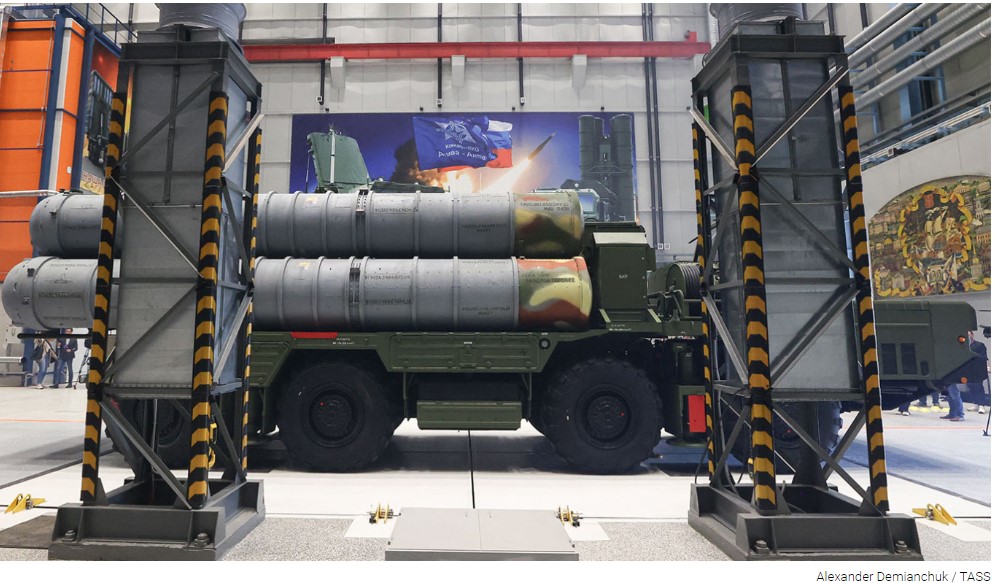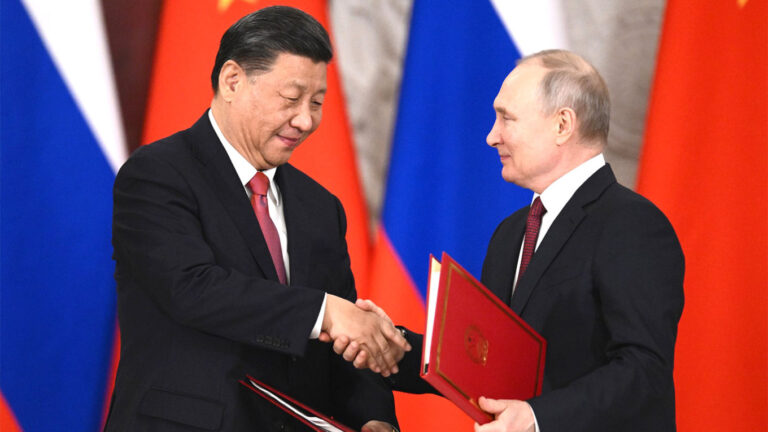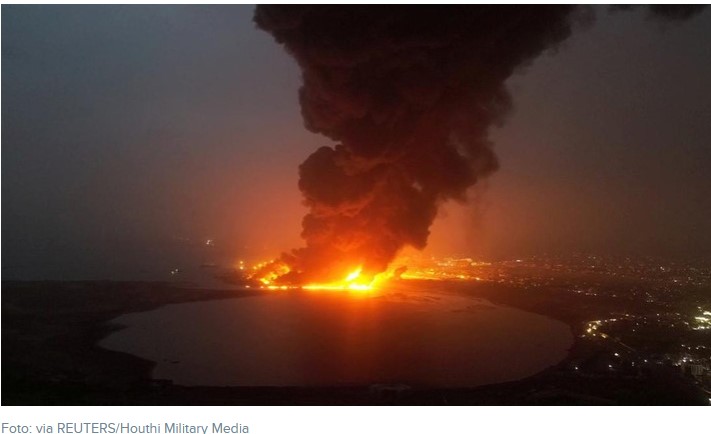
Militer Rusia-TASS
STRATEGIC ASSESSMENT. Wagner mercenary fighters have returned to the eastern Ukrainian city of Bakhmut, CNN reported Wednesday, citing a Ukrainian serviceman.
Reporters embedded within the Ukrainian military interviewed a drone operator who had spotted the mercenaries back on the Bakhmut battlefield to plug a manpower shortage.
“[Wagner] came back, they swiftly changed their commanders and returned here,” said the serviceman, who was only identified by his call sign “Groove.”
The private military outfit played a key role in the war’s longest and bloodiest battle to seize Bakhmut in May, when its erstwhile leader Yevgeny Prigzhin announced his fighters’ withdrawal.
Ukrainian forces almost immediately began pushing back around the northern and southern flanks of the war-battered city and have reported incremental gains. However, progress has been slow due to heavily fortified Russian defenses.
“[Russia] gathered troops from surrounding areas and brought them here,” Groove added. “They don’t have much personnel left here.”
On Saturday, the U.S. think tank Institute for the Study of War (ISW) said Wagner-affiliated sources claimed that some 500 Wagner personnel have joined a “new unspecified organization” for further deployment on Bakhmut’s southern flank.
They were reported to include those Wagner fighters who had refused to join Prigozhin’s mutiny against Russia’s military leadership on June 23-24.
ISW assessed that the “disjointed” Wagner contingents were “unlikely to organize into a cohesive fighting force or have an impact on Russian combat capabilities.”
Moscow on Wednesday accused Washington and London of helping Ukraine coordinate a missile strike on the headquarters of Russia’s Black Sea Fleet in annexed Crimea last week.
“There is not the slightest doubt that the attack was planned in advance using Western intelligence assets, NATO satellite equipment and reconnaissance aircraft,” Russian Foreign Ministry spokeswoman Maria Zakharova said.
She further claimed that the missile strike was carried out “in close coordination with the American and British intelligence services.”
Ukraine took responsibility for the unprecedented missile attack that on Friday struck the headquarters of the Black Sea Fleet in the port city of Sevastopol, sparking a huge fire.
Russia’s Defense Ministry said that the attack left one Russian serviceman missing, while Kyiv claimed that the strike killed 34 officers, including the fleet commander Viktor Sokolov.
However, video released Wednesday by the Defense Ministry showed Sokolov seemingly in good health and saying that the Black Sea Fleet was “fulfilling the tasks the command has set.”
Since invading Ukraine last year, the Kremlin has accused Western powers of engaging in a proxy war against Russia by providing financial and military support to Kyiv.
Meanwhile at separate place, Maria Zakharova, the spokeswoman for the Russian Foreign Ministry, has asserted that US and British intelligence agencies supported Kiev during an attack on Sevastopol last Friday. The Ukrainian assault targeted the headquarters of the Russian Black Sea Fleet.
Speaking at a weekly briefing on Wednesday, she said there was “no doubt that this attack was planned with the use of Western surveillance assets, NATO satellite equipment, and spy planes and conducted at the direction of and in close coordination with American and British special services.”
The Defense Ministry has reported that the missile strike on the fleet headquarters involved several Ukrainian missiles, with Russian air defenses successfully intercepting some of them. British media outlets have also disclosed that Kiev employed Storm Shadow missiles supplied by the UK in the attack, resulting in significant damage to the building.
Zakharova described the incident as one of many in which Kiev “targets Russian regions, using missiles and shells supplied by NATO states,” citing several other recent examples. The goals of the Ukrainian government, she said, are “to draw attention away from the Ukrainian military’s failed attempts at conducting a counteroffensive” and to destabilize Russian society.
The US and its allies have supplied tens of billions of dollars worth of military hardware to Ukraine to boost its summer charge against Russian defensive lines. The operation, however, has so far produced insignificant territorial gains at the cost of heavy losses in manpower and equipment.
Russian Defense Minister Sergey Shoigu estimated that over 17,000 Ukrainian troops were killed in September alone. Western officials and media have acknowledged that the counteroffensive has not turned out as Kiev and its sponsors had hoped.
The administration of US President Joe Biden, however, has urged Congress to keep financing Ukraine for the foreseeable future. An appropriation request for over $24 billion in aid is currently floating in the legislature but is opposed by some Republican lawmakers.
Senators have proposed a compromise stopgap spending bill to avoid a possible government shutdown next month. The plan involves reducing spending on Ukraine to $6.2 billion. The GOP-controlled House of Representatives would need to approve the draft before it could be voted on and sent to Biden’s desk to be signed into law.
Moscow has called the Ukraine conflict part of a broader US proxy war against it, allegedly being waged “to the last Ukrainian.” The Biden administration has pledged to support Kiev “for as long as it takes” to inflict a “strategic defeat” on Russia.





